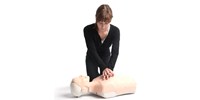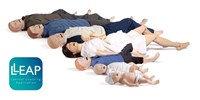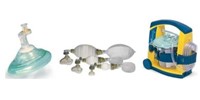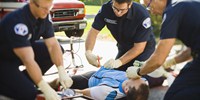The Benefits of Simulation
Many papers have been written on the subject of Medical Simulation, among which, ‘The future vision of simulation in healthcare’ by D.N. Gaba, is probably the most widely referenced. However, while there remains a calling to improve research in this field, the current volume of available data is considered to be sufficiently robust, that the principal recognized benefits of simulation are generally agreed upon, accounting for its growing, albeit sporadic emergence in healthcare training.
Improving Patient Safety
The ‘Patient Safety’ issue in healthcare systems is a multi-faceted subject that is at the top of many international healthcare agendas. Already identified in the US report, ‘To Err is Human’, human factors and systems failings are some of the recognized shortcomings that can compromise, sometimes fatally, the care of patients. The training provision for healthcare professionals has come under scrutiny in this light and looking to the aviation industry’s training processes, simulation has been explored in the medical context to counteract the potential for errors.
Comparing the two industries, Sir Liam Donaldson, Chief Medical Officer of England, cited in his 2009 annual report, ‘That when a person steps on a plane, their risk of dying in an air crash is 1 in 10 million. When a person is admitted into hospital, their risk of dying or being seriously harmed by a medical error is 1 in 300.” Amongst a number of recommendations to the UK government, he urged, ‘Simulation training in all its forms will be a vital part of building a safer healthcare system.’
Patient Safety is the most compelling reason to embrace simulation into healthcare training and here are some of the reasons why…….
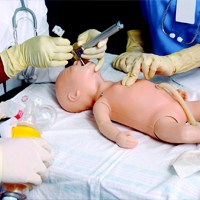 |
Transforming a ‘Team of Experts’ into an ‘Expert Team’ Most critical medical errors occur in Acute Care where team effectiveness can be the pivotal factor that determines the outcome for the patient. Until now, very little training provision has existed to rehearse team effectiveness. Simulation addresses this training requirement in a way that no other training methodology can. Rare but critical and time pressured events can be recreated in a simulation, so that protocols can be established and communication problems can be identified and improved upon. |
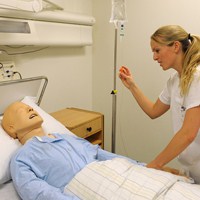 |
“Hello, you’re my first patient……” – Preparing for those First Times In the current wake of growing public awareness of medical errors and a shift in both public and professional opinion that it is no longer acceptable to practice procedures and manage clinical events for the very first time on a patient, simulation can bridge the gap between text book learning and those ‘first times’. A simulated environment is safe and risk free for trainees to build their competence and confidence. |
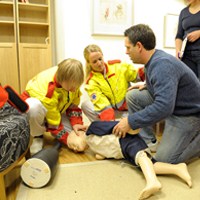 |
Capturing Clinical Variation Medical simulation can capture or represent a wide variety of patient problems more readily for the learner than otherwise having to wait for a real encounter. Such simulations will give learners exposure and practical experience or rare, life threatening patient problems where the presentation frequency is low but the stakes are high. |
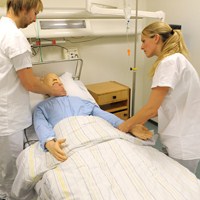 |
Tailoring the range of difficulty levels with clinical tasks Not all trainees master skills in the same time frame, as each learner has different ‘learning curves’ in terms of shape and acceleration, which cannot always be accommodated by traditional teaching methods. Simulated acquired clinical skills can address these variances between students, while still delivering the long term outcome – to demonstrate competence in the given task at all levels of difficulty. |
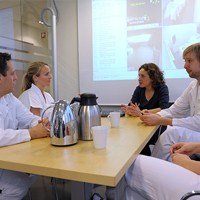 |
Maintaining ‘currency’ and prolonging skills retention The ‘feedback’ process has been cited as the most valuable component of simulation and accounts for approximately 70% of the entire simulation exercise. Through audio visual equipment, the ability to witness not just one’s own individual actions, but also one’s interaction within a team, is generally acknowledged to uniquely optimize the learning experience as well as to slow the decay of the acquired skills. The opportunity to repeat training exercises over again, particularly for rare events, directly supports those clinicians when facing real encounters in achieving the best outcomes possible. |

